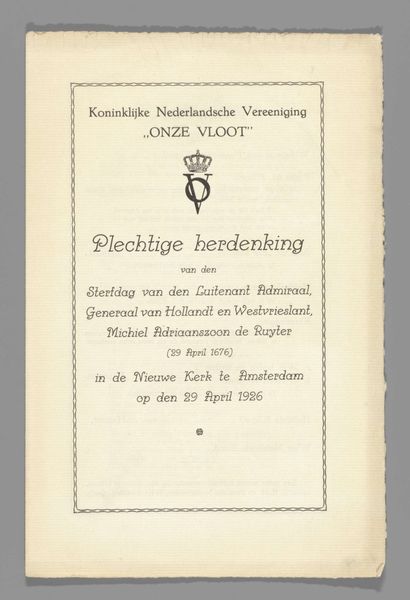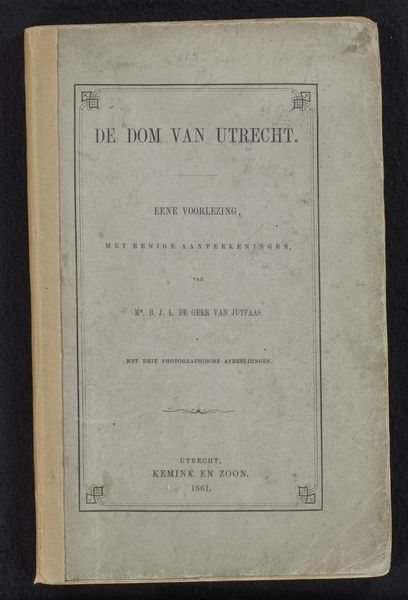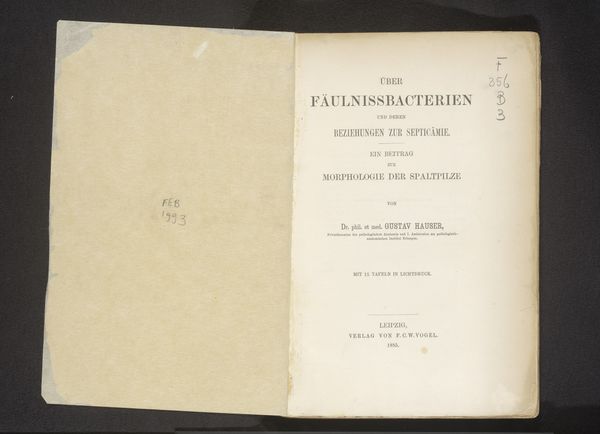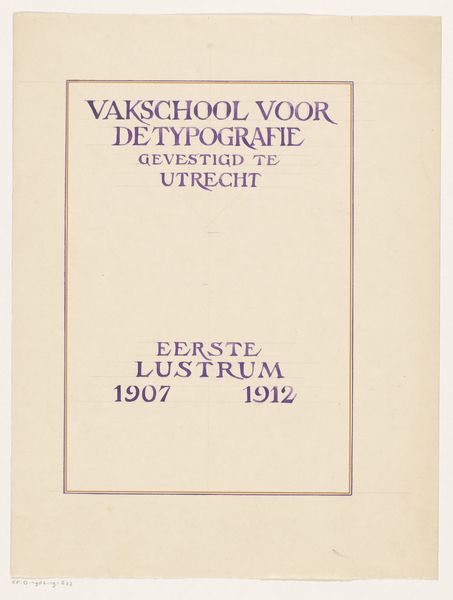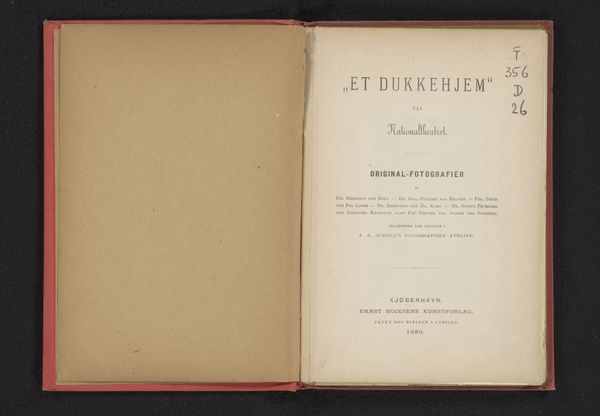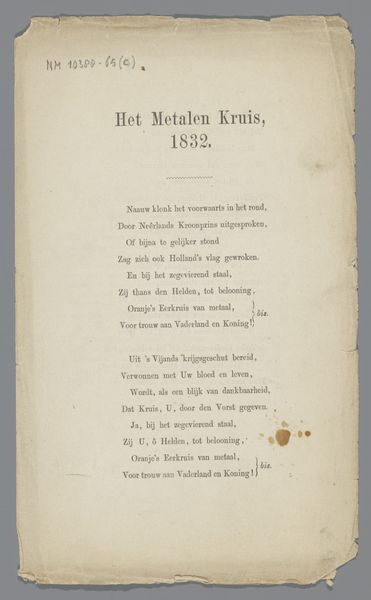
print, textile, paper
#
dutch-golden-age
# print
#
textile
#
paper
#
history-painting
#
paper medium
Dimensions: height 23.3 cm, width 14.5 cm
Copyright: Rijks Museum: Open Domain
Editor: This printed artwork from 1911 by Willem Constantijn Staring, titled "'s-Hertogenbosch door Frederik Hendrik belegerd, 1629", seems like a historical document. It feels quite stark, almost like a page from a textbook. What underlying stories do you see within this seemingly straightforward historical depiction? Curator: Well, let’s unpack that textbook feeling. This wasn't merely an objective depiction. The early 20th century was a period of intense national identity formation, and depictions of historical events were rarely neutral. The siege of 's-Hertogenbosch, a key moment in the Eighty Years' War, was laden with complex political and religious dimensions. Considering that it's a print designed for "Schoolplaten," it prompts us to question: What narrative of Dutch identity was being constructed here, and for whom? Editor: That makes me think about whose perspectives are included, and whose are left out. Were the people of 's-Hertogenbosch, and their experiences under siege, even considered? Curator: Exactly! Examining the power dynamics at play in historical narratives is crucial. What are the semiotics deployed to solidify the dominant national and cultural discourse of that period? This print’s purpose becomes as much about nation-building through selective memory as it is about simply documenting a past event. Who controls the image, controls the narrative. Editor: So it’s not just about what the image shows, but also what it tells us about the people who created it and their intentions. Curator: Precisely. And even what it omits. What impact does the act of remembering or forgetting have on the identity and self-understanding of future generations? Considering its potential use in educational settings, what behaviors is this intended to shape? These are the critical questions we must ask. Editor: I never considered history lessons could be so deeply intertwined with issues of identity and power. I’ll definitely look at these types of artworks differently from now on. Curator: Hopefully, you can now examine every work of art with an eye towards interrogating its broader intersectional narratives that consider identity, gender, race, and politics.
Comments
No comments
Be the first to comment and join the conversation on the ultimate creative platform.
